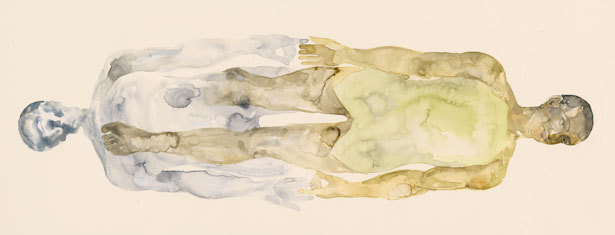April 25, 2014, 1:30–5:30pm
CUNY City College
160 Convent Ave
Compton-Goethals Room 249
(at W. 140th Street and Amsterdam Avenue)
New York, NY 10031
T +1 212 650 7420
Globalization is the condition of art today. It is unsystematically reshaping the frameworks of art history and art institutions as scholars, curators, and the market experiment with answers to its challenges. How are we right now remaking the idea of modern art to recognize the world’s regional modernisms? How are we querying processes of globalization in contemporary art without the luxury of critical distance? The symposium examines the decisions that make global art markets, canons, and values and the ways these decisions are made, critiqued or potentially unmade. In short, this symposium seeks to look critically at the experimentation that globalization brings to the present moment in the arts. We foreground institutions in New York City to consider how cosmopolitan centers give different inflections to global art and how global conversations dominate local ones.
Panel speakers
Alexandra Munroe, Samsung Senior Curator of Asian Art, the Solomon R. Guggenheim Museum
Shahzia Sikander, visual artist
Jorge Daniel Veneciano, Executive Director, El Museo del Barrio
Moderator and discussant
James Elkins, E.C. Chadbourne Chair of Art History, Theory, and Criticism at the School of the Art Institute of Chicago
About the MA Art History program at CUNY City College:
The MA program at CCNY has an established Museum Studies specialization. In the last decade, we’ve built on that strong tradition to create a unique program in NYC that focuses on global modernisms with full-time faculty teaching courses that engage the modern and contemporary art production of Latin America, Africa, and Asia, alongside those that approach the Euro-American contexts. Our symposium celebrates our long-standing focus on global art history, while also seeking to illuminate the challenges that come along with the so-called global turn in both art history and the curatorial and museum fields.

